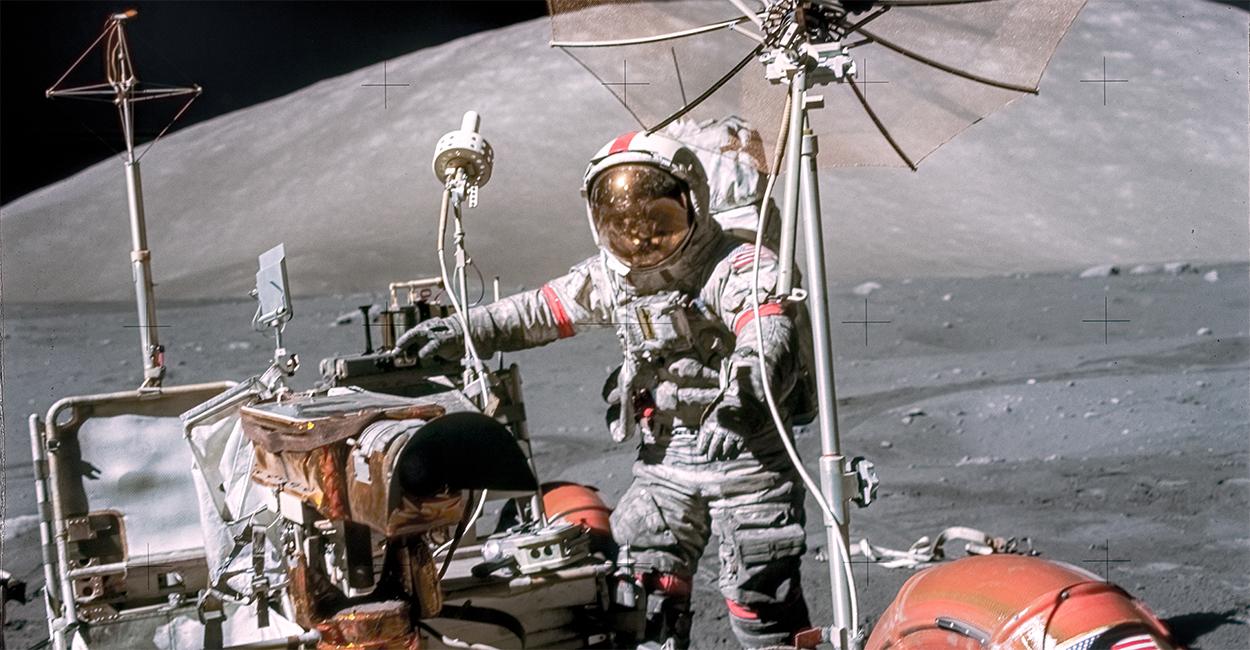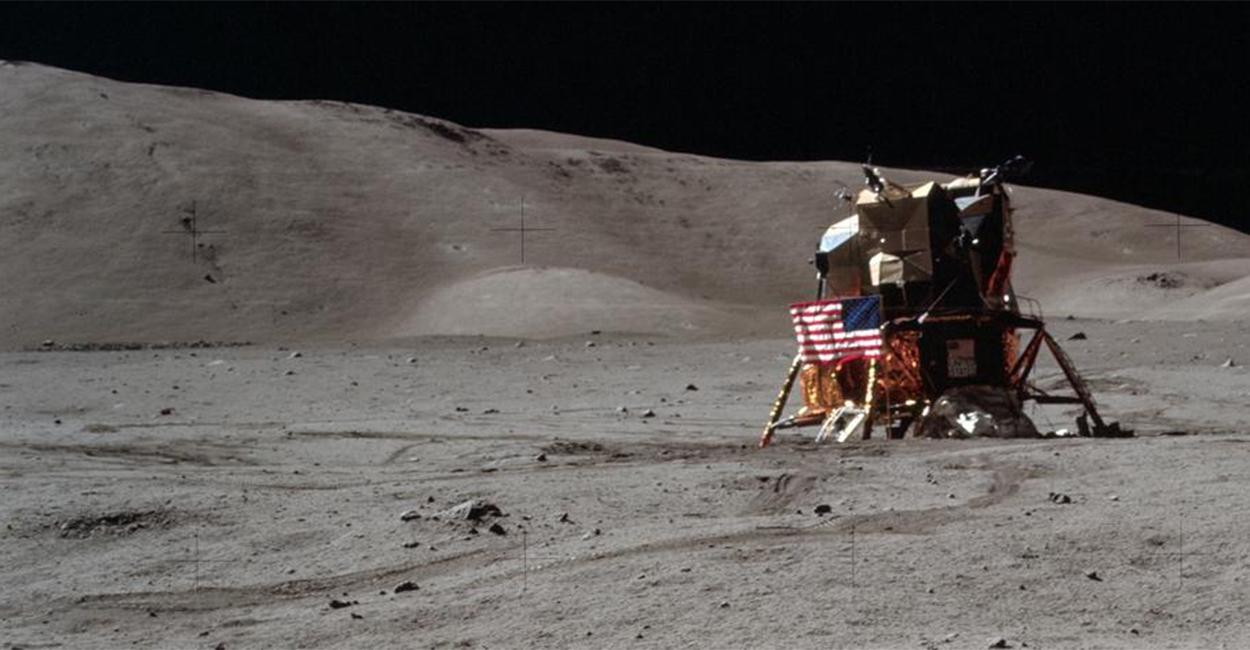Apollo 17 astronaut developed an allergic reaction after walking on the Moon
By Greg SullivanSept. 25 2024, Published 1:34 p.m. ET
NASA’s Apollo missions are famous for landing the first humans on the Moon, with Apollo 11’s Neil Armstrong immortalized for taking "one giant leap" on July 20, 1969. However, fewer people are aware of the final Apollo mission in 1972, where Apollo 17 astronaut Harrison H. Schmitt made an unusual discovery—he had an allergic reaction after walking on the lunar surface.
Apollo 17’s groundbreaking mission
Apollo 17 was the last crewed mission to the Moon before NASA’s Apollo program ended. It launched in December 1972 and carried astronauts Eugene Cernan, Ronald Evans, and Harrison H. Schmitt to the Taurus-Littrow valley near the Sea of Serenity. Schmitt, a trained geologist, was the first scientist to walk on the Moon. His primary task was to collect rock samples, making significant contributions to lunar geology.

However, Schmitt experienced something unexpected after his lunar excursion—an allergic reaction. After removing his safety suit inside the lunar module, he came into contact with lunar dust, which caused immediate discomfort. "The first time I smelled the dust I had an allergic reaction, the inside of my nose became swollen, you could hear it in my voice," Schmitt recalled during the Starmus space festival in 2019. “By the fourth time I inhaled lunar dust, I didn’t notice that," he added, indicating that the symptoms subsided after repeated exposure.
The problem with lunar dust
Lunar dust became an unforeseen challenge for Apollo astronauts, and Schmitt wasn’t the only one affected. A flight surgeon on board Apollo 17 also had to stop his work due to a severe allergic reaction when handling the astronauts' dust-covered suits. Schmitt suggested that for future missions, it would be essential to identify individuals who are sensitive to lunar dust and develop solutions to protect them.

“For some individuals, we need to find out whether they are going to have a reaction if they are going to be exposed chronically to Moon dust,” Schmitt explained. He emphasized that while engineering solutions exist to minimize exposure, it remains a persistent issue for future lunar missions. Keeping the dust off equipment and spacesuits is an engineering priority.
What makes lunar dust so harmful?
The European Space Agency (ESA) has since dubbed the condition "lunar hay fever." Symptoms among astronauts ranged from mild sneezing to more severe nasal congestion that could last for several days. The ESA pointed out that lunar dust is different from anything found on Earth. Unlike terrestrial dust, which is smoothed by erosion from wind and water, lunar dust remains sharp and coarse because of the Moon's lack of atmosphere and weather.
Furthermore, lunar soil becomes statically charged due to the Moon’s unique environment, making the dust particles more likely to cling to surfaces and infiltrate equipment and spacesuits. According to Kim Prisk, a pulmonary physiologist involved in human spaceflight, these dust particles, which can be 50 times smaller than a human hair, are highly dangerous once inhaled. "The longer the particle stays, the greater the chance for toxic effects," Prisk said, warning about the potential long-term health impacts on astronauts.
Future missions and the dust dilemma
The allergic reactions experienced during Apollo 17 are a reminder that space exploration comes with unexpected challenges. As NASA and other space agencies plan future Moon missions, including establishing long-term bases, dealing with lunar dust will be critical. Ensuring that astronauts aren't chronically exposed to the harmful particles is a top priority, both for their immediate health and to prevent long-term complications.
Harrison Schmitt’s reaction to lunar dust may have been a minor inconvenience at the time, but it highlights a significant issue that future missions must address as humanity looks to return to the Moon and explore beyond.
This article was written with assistance from artificial intelligence. Megaphone creates content primarily driven by people but aims for full transparency in how our storytelling is produced. To learn more about our policy on artificial intelligence, click here.

